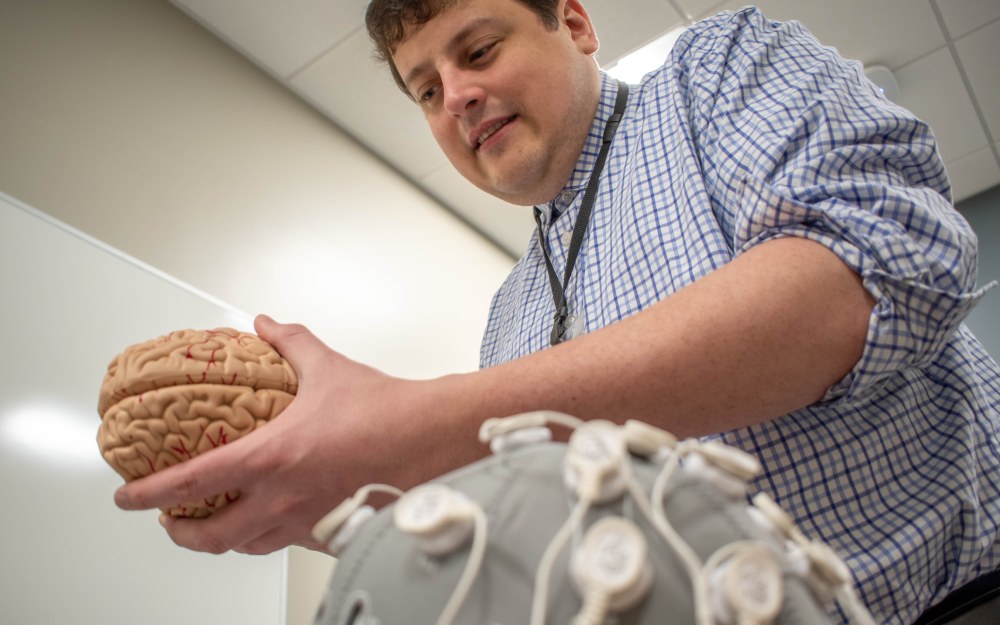
Inpatient protocol continues showing strong results, spreads to more programs
08/21/18 03:00:pmThe new inpatient protocol proved its effectiveness at multiple locations and will soon be tested with children for the first time at Rogers–West Allis.
The protocol is the result of several rapid improvement events that aimed to establish consistent standards for how depression is identified and treated, using therapy and medicine, throughout the entire Rogers system. Initial testing of the protocol was done in the adult inpatient unit in Oconomowoc, where it showed strong results.
Dr. Khazi Muqeet, Rogers–West Allis medical director, says that he’s seen a definite improvement in West Allis since the protocol first made its way there back in March and that he’s eager to implement it into the child units in West Allis.
“We have seen significant reduction in symptoms of depression during the course of the hospital treatment and early indicators are that it is related to the improved programming,” Dr. Muqeet says. “It makes sense for us to extrapolate it to the children's unit. Obviously there are unique challenges to this specific age group and we are engaged in a rapid improvement event this month to adapt the protocol for children.”
Currently, the protocol is being tested with the adult units in West Allis and the adolescent programs in Oconomowoc. Starting in September, Brown Deer will begin using the new procedures within its adult units. So far, the data coming from each location where the inpatient protocol has been implemented has shown comparable findings.
“As it spreads across the system, we’re seeing similar results at each individual location,” Brian Kay, director of quality and clinical effectiveness says. “We didn’t see West Allis perform better or worse than Oconomowoc, it was in line with the data we collected here.”
Dr. Muqeet believes that implementing the inpatient protocol across the Rogers system is a critical step toward ensuring quality care for all of our patients, regardless of location.
“No matter where our patients receive the treatment in our system they can be assured that they will receive similar standardized and evidence-based care.”





